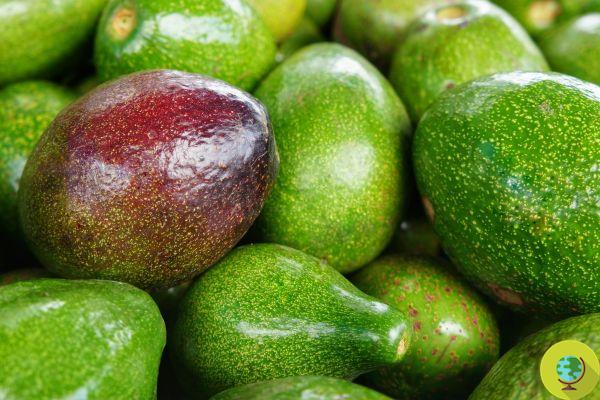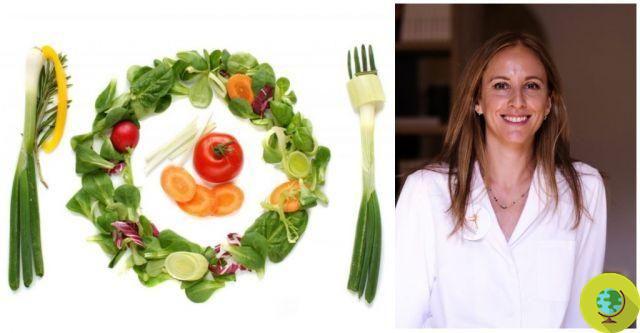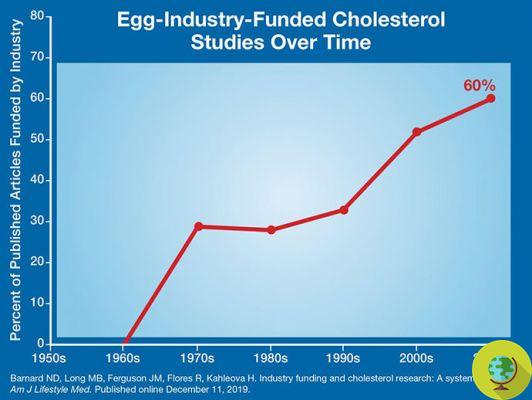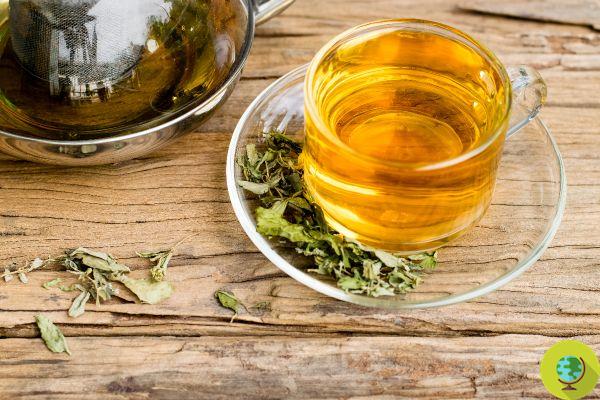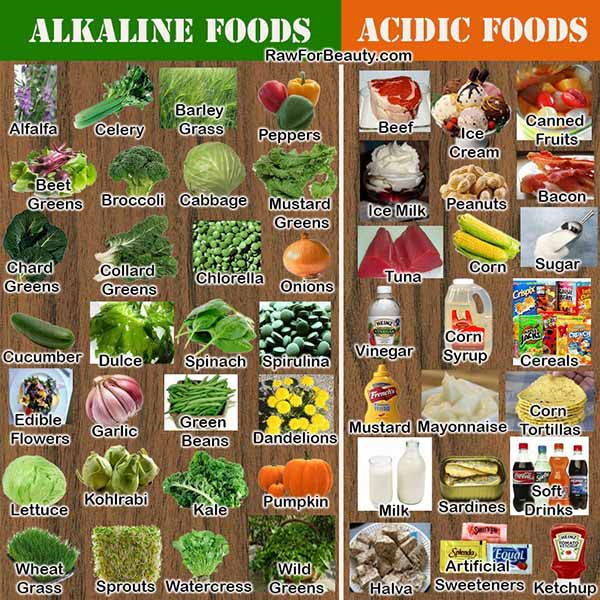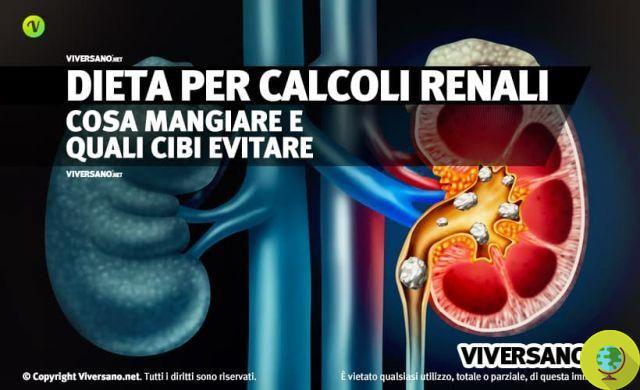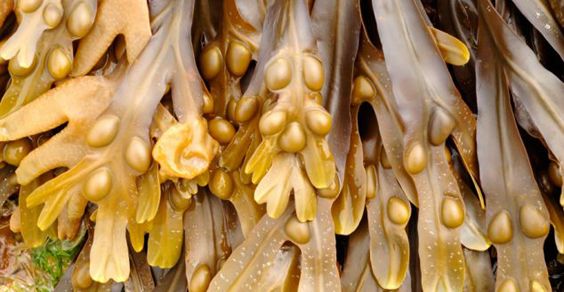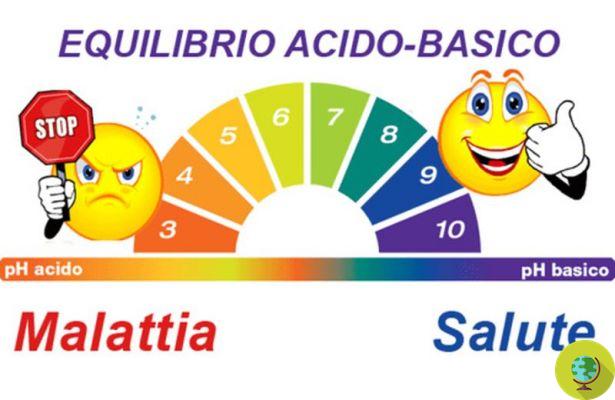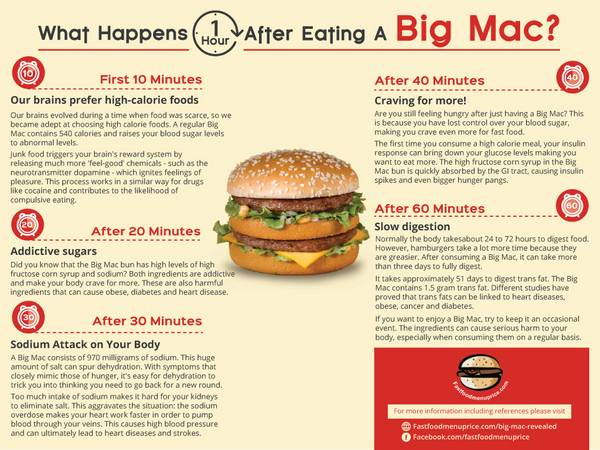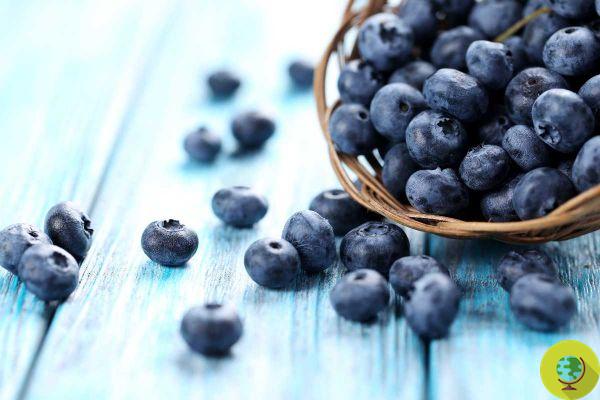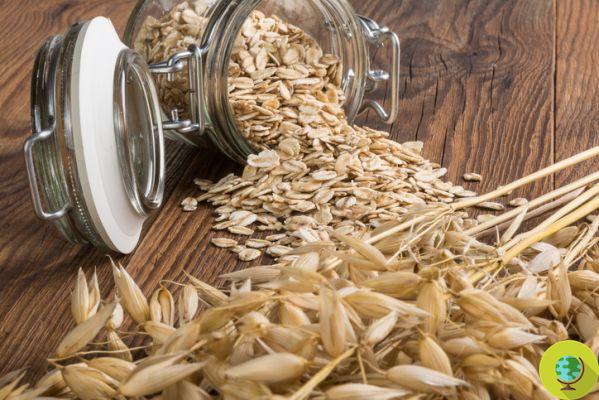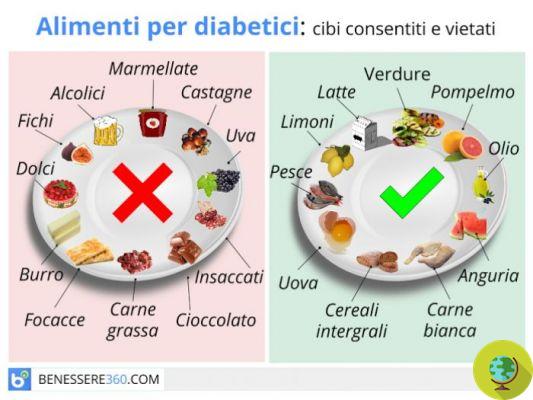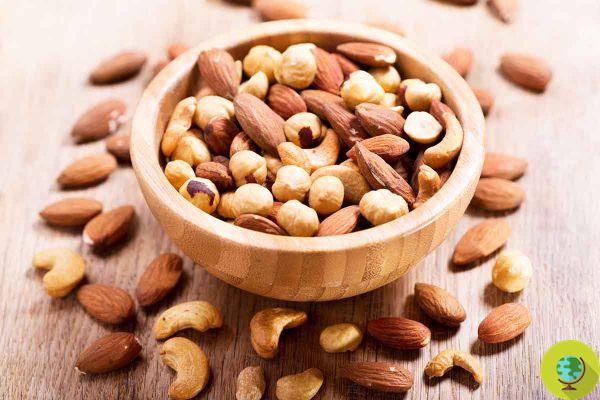
Should almonds (but also other types of dried fruit) be eaten roasted or natural? We asked "our" nutritionist who also explained to us what the side effects of excessive consumption of these foods can be.
We usually think that dried fruit is always and in any case a healthy food, regardless of quantity and type. This is not exactly the case.
We certainly don't want to detract from the many benefits of walnuts, almonds, hazelnuts, etc. but in this case underline other little known aspects, such as the fact that - eaten in large quantities - some types of dried fruit tend to increase inflammation.
To find out more, we asked the nutritionist Flavio Pettirossi to reveal the benefits but also the possible side effects of one of the most popular varieties of dried fruit: almonds, also indicating whether it is healthier to eat them roasted or natural (raw).
Here's what he told us:
Lately, the consumption of almonds has increased significantly above all because among the various types of nuts almonds have a high level of nutrients such as proteins, vitamins including vitamin E, vitamin B1 (or riboflavin), vitamin B3 (or niacin), calcium. , potassium, iron, zinc, magnesium, fiber. From all this derive multiple benefits especially at the cardiovascular level, in fact almonds help to reduce bad cholesterol or LDL and at the same time help to increase good cholesterol or HDL; due to the presence of flavonoids, almonds have an antioxidant action.
Is it better to consume them roasted or natural?
Regarding the choice of whether toasted or raw I usually recommend the raw ones but if possible whole because many of the nutrients are in the shell and therefore lose important properties by removing it. The roasted ones are obviously more subject to the presence of acrylamide (as well as peanuts, walnuts, hazelnuts, pistachios etc ...) but everything is in the quantity taken, or if not abused they can still be consumed. Regarding the arachidonic acid present in almonds (but also in walnuts), it is a polyunsaturated fatty acid belonging to the omega 6 family, essential for some metabolic reactions. However, it is a pro-inflammatory, in fact it triggers the inflammatory cascade necessary for the start of the repair process and protein synthesis. It is produced starting from linoleic acid but above all through food.
What is the ideal portion of almonds not to exceed?
Obviously, like all dried fruit being oily fruit it is caloric so you should never exceed the portion of 30g which compared in number are about 25-30 almonds which if inserted at breakfast, at the snack or distributed between the two snacks help to slow down the sense of hunger.
Who should not consume them or in any case it would be good to limit their intake?
Kidney stone sufferers should pay particular attention to the consumption of almonds for their oxalate content. In general, however, it is important not to abuse it to avoid an increase in inflammation.
Follow your Telegram | Instagram | Facebook | TikTok | Youtube
Read also:
- What happens to your body if you eat nuts with high blood sugar?
- Dried fruit: 3 things you should watch out for when buying or eating it
- Not just walnuts and hazelnuts: which dried fruit to choose to relieve the most common ailments
- Nuts and oilseeds: because it would be better to soak them before eating them




